The throwout bearing ensures a safe gear shifting and smooth clutch pressing experience. This single braking part is responsible for disengaging once the clutch is released.
However, the entire process might need to be improved by a bad throwout bearing.
Rattling and grinding noise, difficulties in shifting gears, and clutch cliff are some noteworthy bad throwout-bearing symptoms. Additionally, clutch pedal and pedal vibration are other symptoms of a lousy throwout bearing.
Therefore, we’ve discussed all the symptoms and provided the best solutions for you!
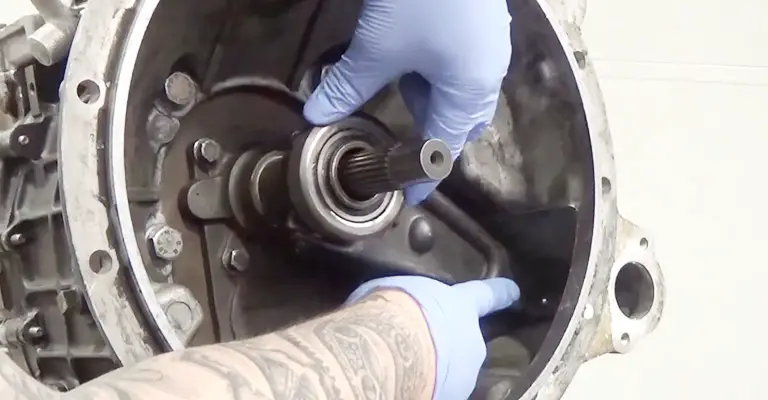
6 Symptoms of a Bad Throwout Bearing
A bad throwout bearing will show you the below symptoms. Let’s get through them and find out how you know about a bad throwout bearing.
Rattling and Grinding Noise
The bad throwout bearing will notify you of rattling and grinding noise. It happens for a worn-out bearing that fails to release the clutch.
Every time you press down the clutch, it gives you a rattling noise. Sometimes, the grinding noise will be heard for a damaged throwout bearing.
If you check the clutch and bearing, you must get a rusty bearing that fails to do its job. Consequently, you hear those sounds.
Difficulties in Shifting Gears

The main impact of a throwout bearing is in shifting gears. You press down the clutch and shift the gear accordingly.
In such case, a bad throwout bearing will give you stiff feelings. Maybe the clutch sticks to a particular condition and fails to move a bit.
So, you can’t shift gears as smoothly as before. It’ll take extra effort & energy to press down the clutch to change the gear.
Clutch Stiffness
As mentioned before, a bad throwout bearing will stiff your clutch and create difficulty pressing it down. If you ever experience such issues, you must check the throwout bearing.
Either it’s worn out, or the bearing gets damaged to support or disengage the engine.
Sometimes, the braking clutch itself might be worn-out and stick to something.
Or the dust and other objects might get through the clutch and bearing to prevent you from down-pressing and disengaging the engine.
Clutch Failure
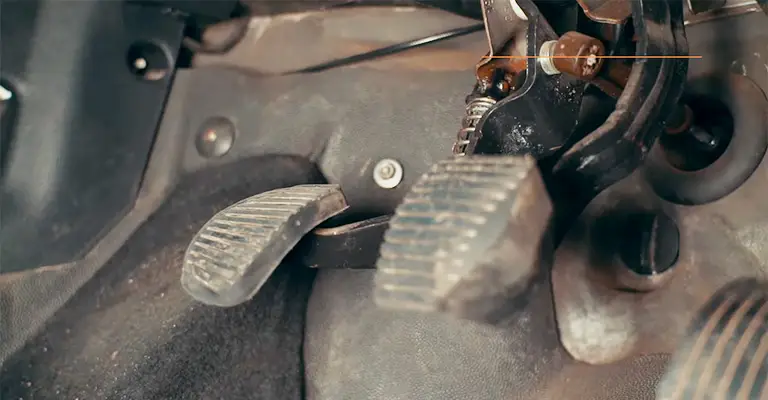
If your throwout bearing is damaged or broken, you’ll get a clutch failure every time you change gears. Even pressing the clutch might seem difficult, and it will fail to do its job.
Mainly, a broken or bad throwout bearing fails to disengage the engine and won’t allow the clutch to work properly.
So, the clutch will fail to move, and you can’t shift gears.
Pedal Vibration
A bad throwout bearing will create pedal vibration that you must consider as another dangerous sign. It’s a sign of a worn & damaged bearing that is no longer in good shape.
If you down-press the clutch and feel the vibration every time, you must remove the clutch and get to the bearing.
That’s where the source and it needs an urgent replacement for a better and safer drive.
Fail to Disengage the Engine
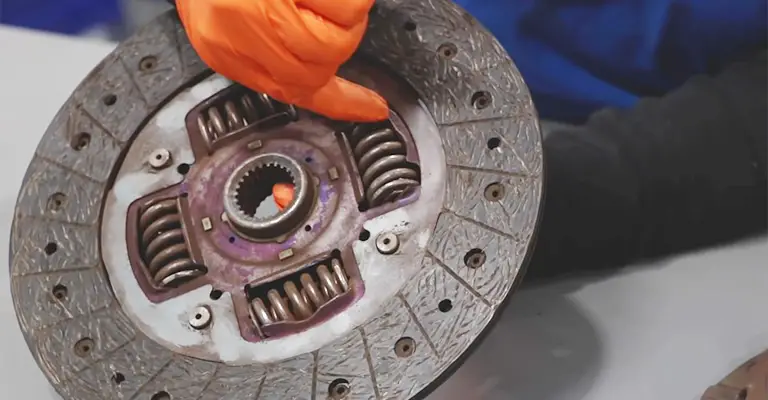
Finally, the damaged, broken, or worn-out bearing (which you call the bad bearing) may fail to disengage your vehicle engine when you press the clutch.
It’s the worst symptom any throwout bearing may give you. If the bearing fails to disengage the engine, you can’t even think of changing gears.
In fact, the clutch won’t move a single inch. That’s why it needs immediate replacement.
How to Fix Bad Throwout Bearing?
Here in this section, we’ll let you know all the possible ways you can effectively fix a bad throwout bearing.
Replacing the Bad Throwout Bearing
Replacement is the only solution for a bad throwout bearing. You can’t repair the worn-out or broken bearing in any way.
Therefore, you must change it. For that, first, take out the bearing by removing the covers and nuts.
Then, clean the clutch and the entire transmission system to remove any objects.
Finally, replace the lousy throwout bearing with a new one. That’s how you can solve the problem.
Tips to Enlarge the Lifespan of a Throwout Bearing
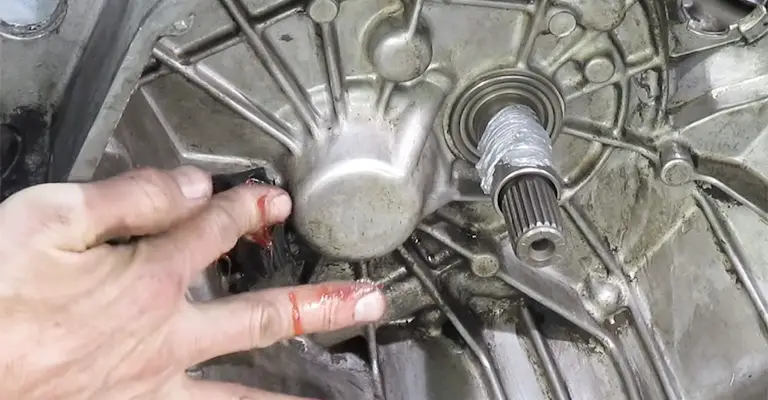
What if your throwout bearing is in good health, but you still have those symptoms?
You might get dust and other objects between the bearing and the clutch. It makes it difficult to change gears, rattling sounds, and more.
In that case, you must clean the transmission system, bearing, and clutch since dirt and dust may create those problems.
Adjust the Clutch Pedal
First, adjust the clutch pedal along with the throwout bearing. It means you need to place both the bearing and the pedal in the right direction so that they work harmoniously.
Significantly, the clutch pedal might create issues wearing the bearing for faulty installation.
Don’t Press the Clutch Too Much
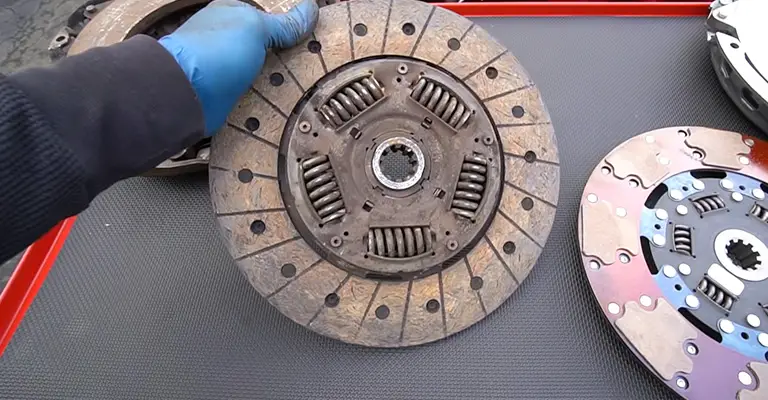
To protect your throwout bearing and enlarge its lifespan, you must avoid using the clutch too much.
Every time you press and release the clutch, it goes through the throwout bearing.
We’re not saying to leave the clutch and won’t shift gears. You’ll do that, but it needs to be minimal!
This way, you can enhance the lifespan of the throwout bearing and avoid getting a bad one.
Frequently Asked Questions
Is it safe to drive with a bad throwout bearing?
Though it’s not recommended, you can still drive with a bad throwout bearing. It may prevent you from shifting gears and controlling everything, but you can save for a few miles and go to the nearest auto shop in order to change the bad bearing.
What’s the replacement cost of the throwout bearing?
It needs a big budget to change or replace the bad throwout bearing. In most cases, the replacement cost of a bad throwout bearing would be around $800 to $1000, depending on the labor cost and your bearing condition. You can reduce the cost if you have the DIY skills to change the throwout bearing.
How long does a throwout bearing last?
A throwout bearing may last for around 60 thousand miles. The throwout bearing will last for 5 to 10 years for an average user. So, it’s different than you’ll change or replace the throwout bearing now & then.
Does a bad throwout bearing damage clutch pedal?
Yes, a bad throwout bearing may damage the clutch pedal. A worn-out and damaged bearing won’t allow you to press down the clutch quickly. It’ll ask for double pressure and will get a lot of friction. As a result, the clutch will be damaged or worn out soon.
Closing Words
The bad throwout bearing symptoms are clutch stiffness, difficulties in changing gears, pedal vibration, clutch failure, and failure to disengage the engine.
You’ve got the reasons along with their solutions from the above write-up.
Now, it’s on you; you may follow the tips to enlarge the lifespan of your throwout bearing, or you can change the bad throwout bearing and get a new one to sort out all the problems.
Leave a Reply